menu
menu
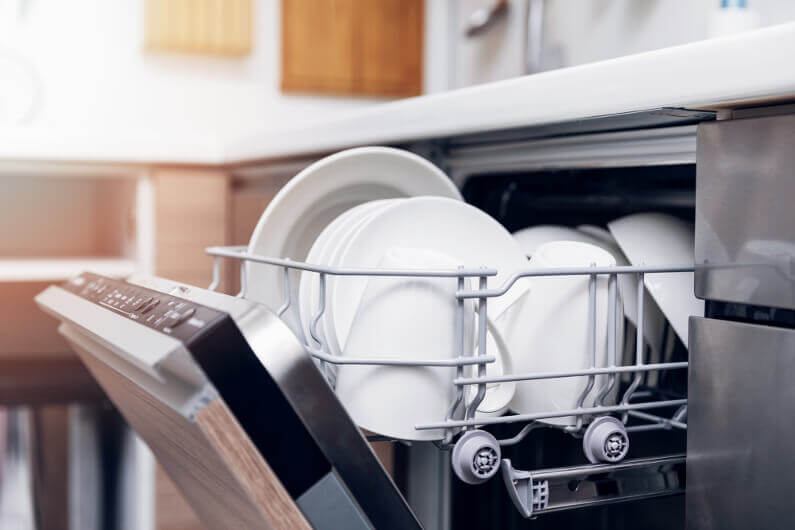
A satisfying DIY job, installing a new dishwasher requires careful execution to prevent leaks and other plumbing problems. Installing a dishwasher might be doable with the correct advice and equipment, despite the fact that some people may opt to engage a plumber or plumbing agency to complete the task.
In this blog post, our professional plumbers from Americana Plumbing will walk you through the process of installing a new dishwasher, helping you save money and gain some DIY skills along the way.
Make sure you have all the required tools and materials on hand before you begin. You'll require
When working with any electrical or plumbing components, safety should always come first. Start by shutting off the water supply to your kitchen as well as the power to the dishwasher at the circuit breaker. Be sure you have adequate illumination so you can work effectively.
Disconnect the old dishwasher before installing the new one. Remove any screws holding the door to the countertop by opening it. Pull the dishwasher out from under the counter with caution. Electrical lines and the water supply pipe should be disconnected. Make sure to drain any water that may still be in the drain hose or sump into a pail.
Clean the area beneath the countertop and the floor after removing the old dishwasher. Make sure the plumbing and electrical connections are simple to reach.
The new dishwasher may now be installed. Make sure it is level before carefully sliding it into the area under the countertop. Utilize the screws included in your installation kit to fix it in place. Due to the weight of dishwashers, you might need a friend or family member to assist you with this step.
Connect the water supply line to the dishwasher's water inlet valve using an adjustable wrench. Don't strip the threads by over tightening the connection; instead, make sure it is snug but not too tight. To stop leaks, cover the threads with Teflon tape.
Connect the dishwasher's drain pump to the drain hose. you prevent backflow, be sure you raise it and secure it with hose clamps. The disposal or drain for your sink should be connected to the other end of the drain pipe. Depending on your plumbing configuration, you might need to buy an adaptor to make this connection.
To connect the electrical lines, adhere to the manufacturer's instructions. This often entails joining the black wire to the black wire, the white wire to the white wire, and the green or bare copper wire to the green or bare copper wire. The connections should be fastened using wire nuts, then covered in electrical tape.
Restart the water supply before continuing and look for any leaks near the water supply and drain connections. Any concerns must be taken care of right away to avoid future water damage.
Are you in need of a plumbing service? Luckily, we at Americana Plumbing have dedicated workers ready at your service. Contact our representatives for more questions.
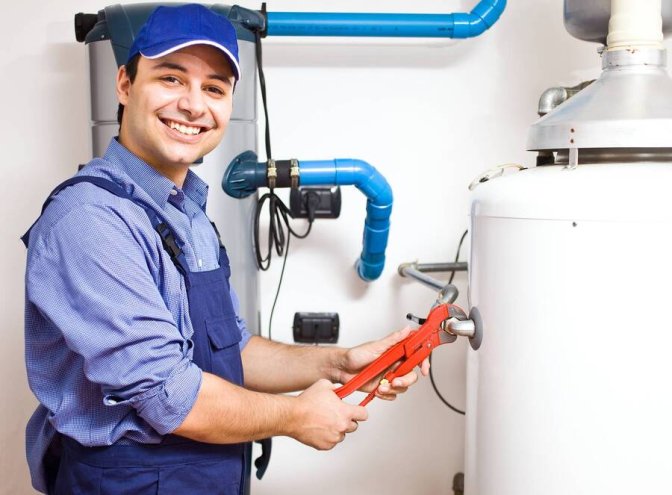
Tankless Water Heaters vs. Traditional Water Heaters The debate over tankless vs conventional water heaters is still very much alive when it comes to providing…
Read More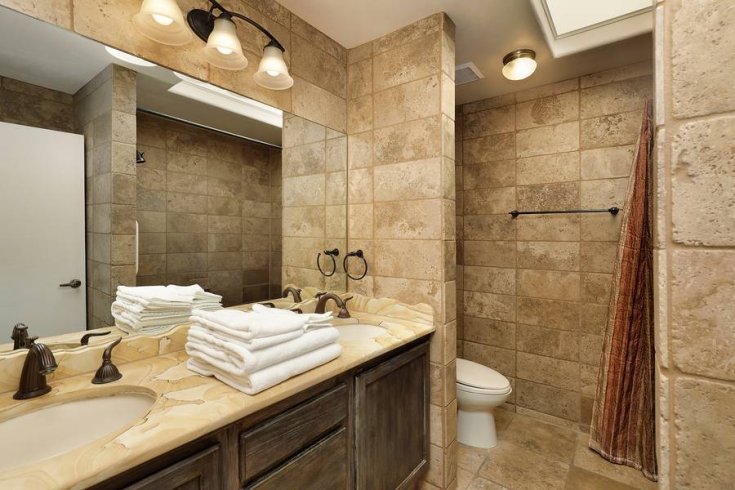
Bathroom Remodeling Mistakes to Avoid Starting a bathroom renovation can be a thrilling project that offers a new and revitalizing area for your house. In…
Read More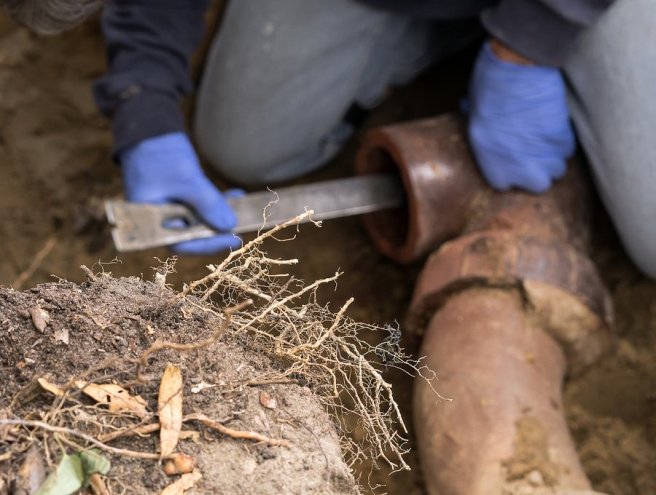
Can Trees or Shrubs Damage Your Sewer Lines? In addition to adding to the property's attractiveness, your…
Read More.jpg)
How to Keep Your Drains Clog-Free Keeping your house clear of obstructions is crucial to the efficient…
Read More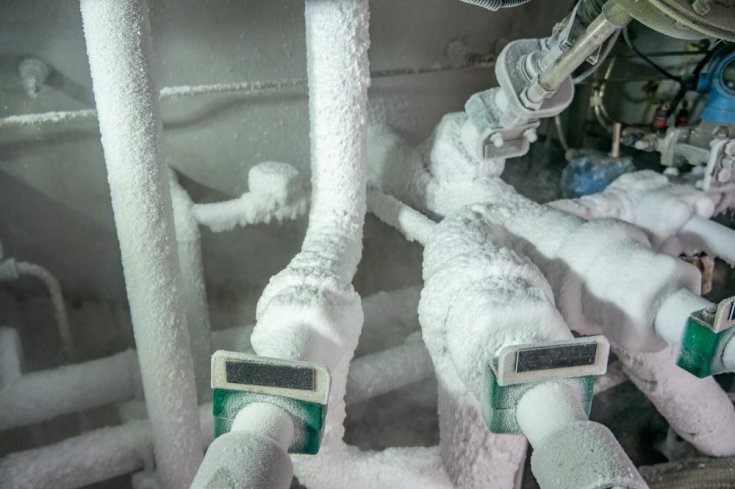
How to Prevent Frozen Pipes from Bursting The beautiful snowfall and warm evenings by the fireside that…
Read More